- World Population Review Newsletter
- Posts
- The Ocean Economy Is Booming—Here’s Why
The Ocean Economy Is Booming—Here’s Why
Inside the rise of offshore wind, deep-sea mining, and floating cities.
Greetings, inquisitive mind of global transformation!
The next great frontier isn’t in the sky—it’s beneath the waves.
Covering 70% of Earth’s surface, the ocean holds trillion-dollar potential: wind energy that powers nations, deep-sea minerals for the green economy, and floating farms feeding billions.
Why are nations racing to stake their claim underwater? What does this mean for climate, food, and your next big investment?
Let’s dive in as we explore seven powerful waves reshaping the ocean economy.
Join over 4 million Americans who start their day with 1440 – your daily digest for unbiased, fact-centric news. From politics to sports, we cover it all by analyzing over 100 sources. Our concise, 5-minute read lands in your inbox each morning at no cost. Experience news without the noise; let 1440 help you make up your own mind. Sign up now and invite your friends and family to be part of the informed.
The seabed may hold the next gold rush—not of gold, but of cobalt, nickel, and rare earths essential for green technologies. As demand for electric vehicles and renewables surges, so too does interest in the ocean floor.
🌊 The Pacific’s Clarion-Clipperton Zone has become ground zero. This 4.5 million km² region contains more battery metals than all known land reserves combined.
🇳🇴 Norway plans to become the first country to authorize deep-sea mining in its national waters, setting a controversial global precedent.
🌐 China, already dominant in land-based critical minerals, has heavily invested in exploration and licensing under international waters.
Deep insight: Mining one square kilometer of ocean floor could yield enough cobalt for 200,000 EV batteries—but may irreversibly damage habitats that science barely understands.
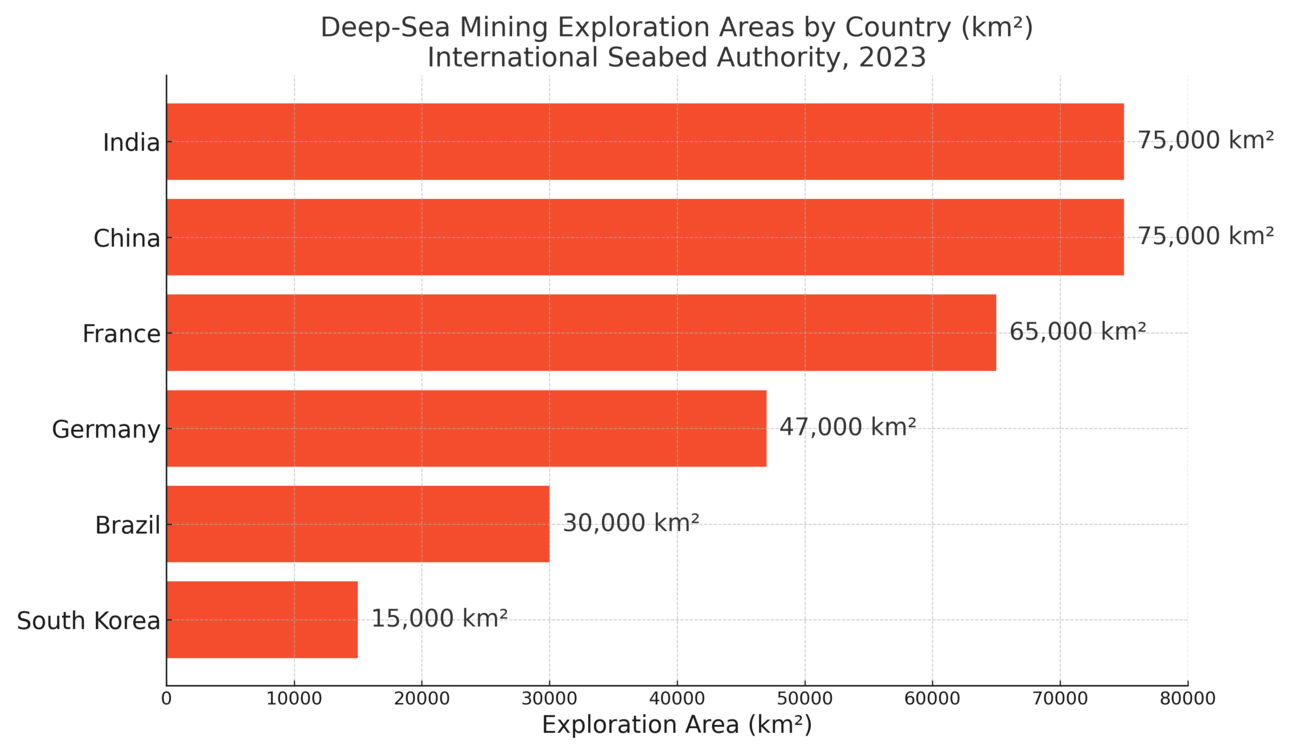
As the world races to decarbonize, offshore wind is emerging as the heavyweight of clean energy. With stronger, steadier wind than onshore sources, it’s both powerful and scalable.
🇬🇧 The United Kingdom leads globally, generating over 30% of its electricity from offshore turbines.
🇨🇳 China overtook all nations in 2021, installing more offshore wind capacity in a single year than the rest of the world combined.
🇺🇸 The U.S. has lagged but is now catching up, targeting 30 GW by 2030—enough to power 10 million homes.
Did you know? One revolution of GE’s Haliade-X offshore turbine—among the world’s largest—can power a home for two days.
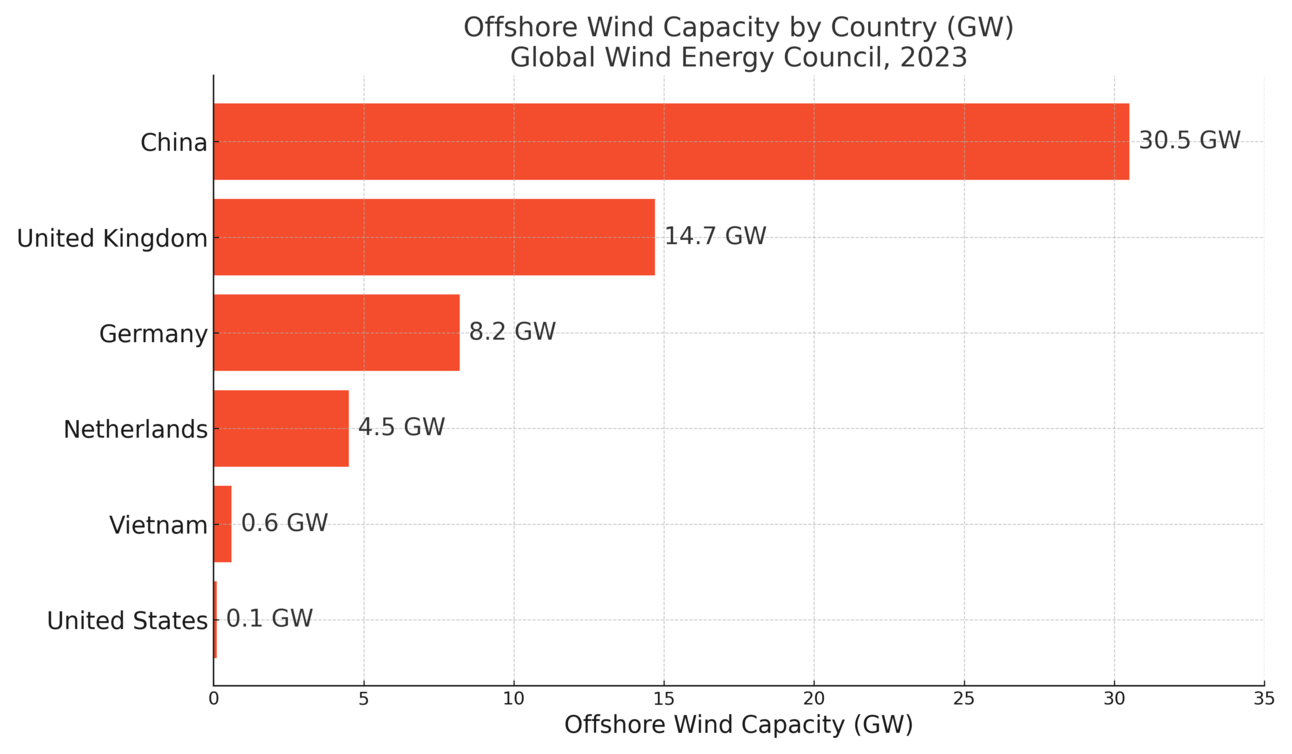
Wild fish stocks are declining, but the global appetite for seafood continues to grow. Enter aquaculture: the fastest-growing food production sector on Earth.
🇳🇴 Norway’s fjords are home to some of the world’s most advanced salmon farms, supplying over 14 million meals daily.
🇨🇱 Chile is the world’s second-largest salmon exporter, though rising environmental concerns have triggered stricter oversight.
🇮🇩 Indonesia is scaling aquaculture rapidly, aiming to balance food security with exports to Asia and the Middle East.
Insightful stat: Aquaculture now supplies over 50% of all seafood consumed globally—up from just 4% in 1970.
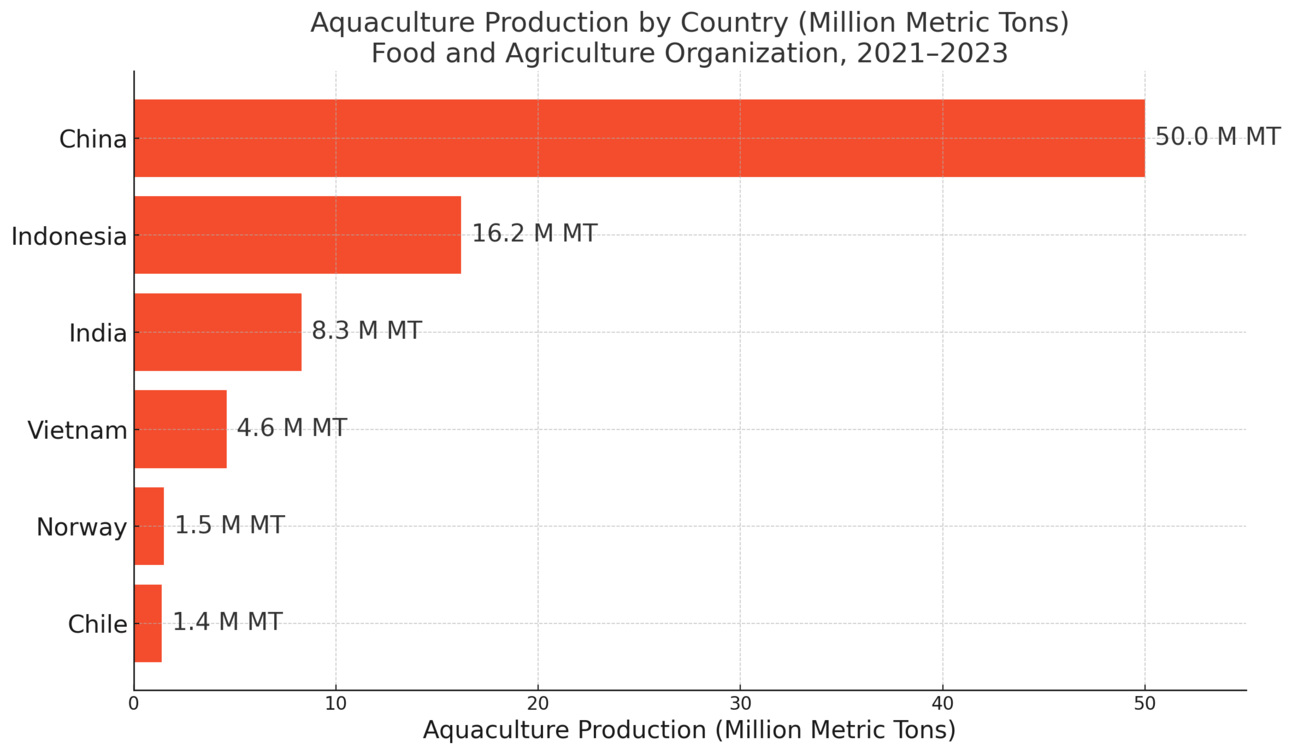
As coastal cities face climate threats, architects and engineers are reimagining human habitats—on water. Once sci-fi, floating cities are edging into reality.
🇰🇷 Busan, South Korea, will host the world’s first UN-backed floating city prototype—set to house 12,000 people by 2030.
🇲🇻 The Maldives is building a 5,000-home floating city to combat rising sea levels, complete with schools and supermarkets.
🌊 The Netherlands, always at the frontier of water engineering, has hundreds of floating homes already in place.
Unexpected twist: In 2024, real estate developers reported triple the demand for floating properties—especially among retirees in flood-prone regions.
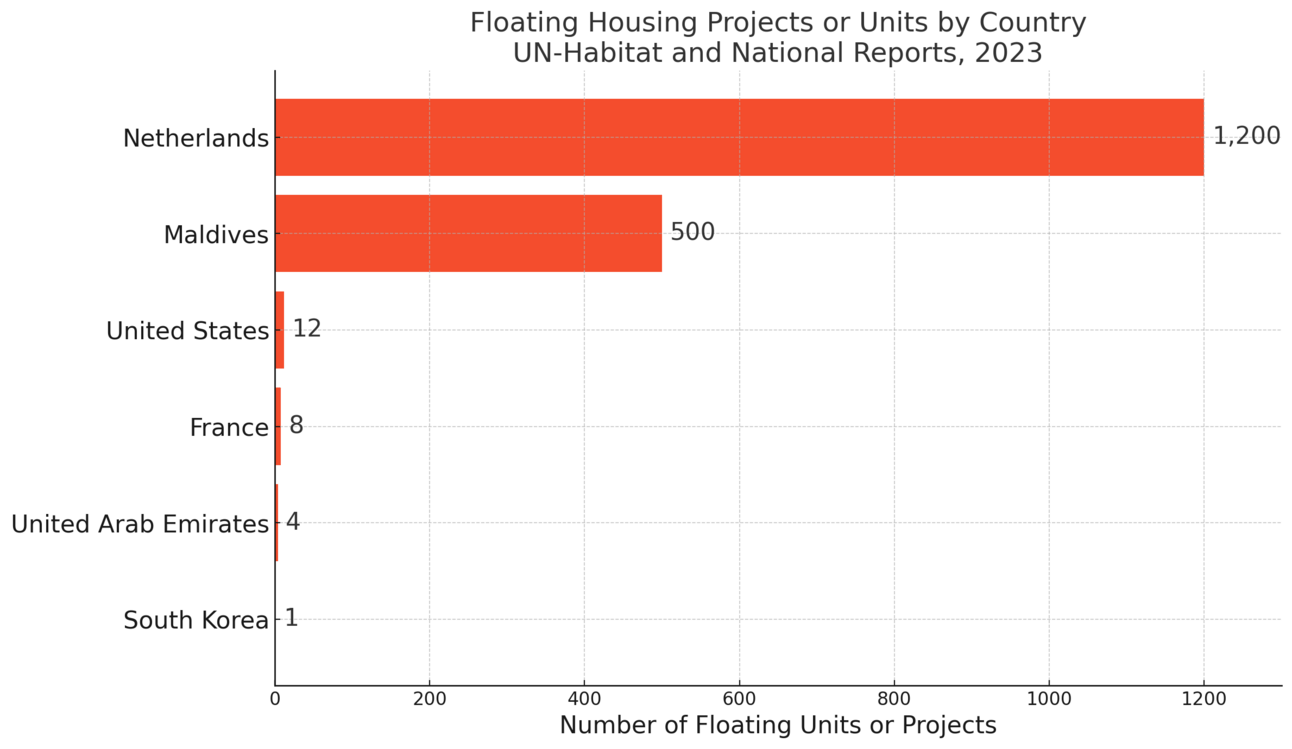
Carbon markets are going underwater. Mangroves, seagrasses, and tidal marshes—collectively known as blue carbon ecosystems—can store up to 10x more carbon per hectare than forests.
🇦🇺 Australia launched a national blue carbon strategy, encouraging credits from marine restoration.
🇰🇪 Kenya’s Mikoko Pamoja project became the first community-based blue carbon initiative to sell credits on the global market.
🇺🇸 The U.S. National Oceanic and Atmospheric Administration (NOAA) is investing heavily in coastal wetlands to boost both carbon storage and storm resilience.
Curious fact: Restoring just 1% of global coastal wetlands could sequester carbon equivalent to Spain’s annual emissions.
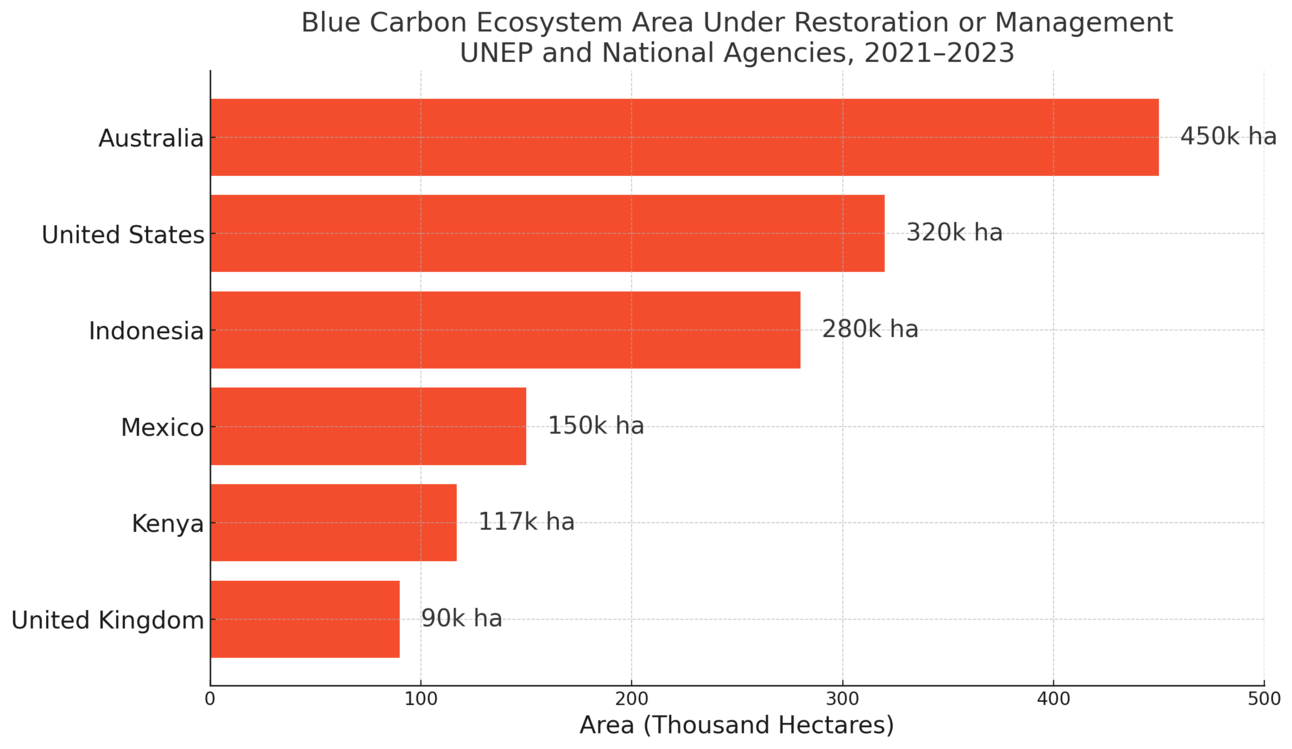
Only 24% of the ocean floor has been mapped in high resolution—yet it's this data that underpins safe shipping, storm forecasting, and marine innovation.
🌐 The Seabed 2030 initiative aims to fully map the world’s ocean floor by the end of this decade.
🇯🇵 Japan’s JAMSTEC agency has pioneered autonomous underwater vehicles that can dive 11,000 meters, exploring trenches with high-resolution sonar.
🇺🇸 Google and XPrize-backed firms are racing to commercialize deep-ocean imaging for resource and biodiversity mapping.
Game-changing stat: A fully mapped ocean could boost the global economy by $20–30 billion annually through safer shipping, renewable site selection, and hazard mitigation.
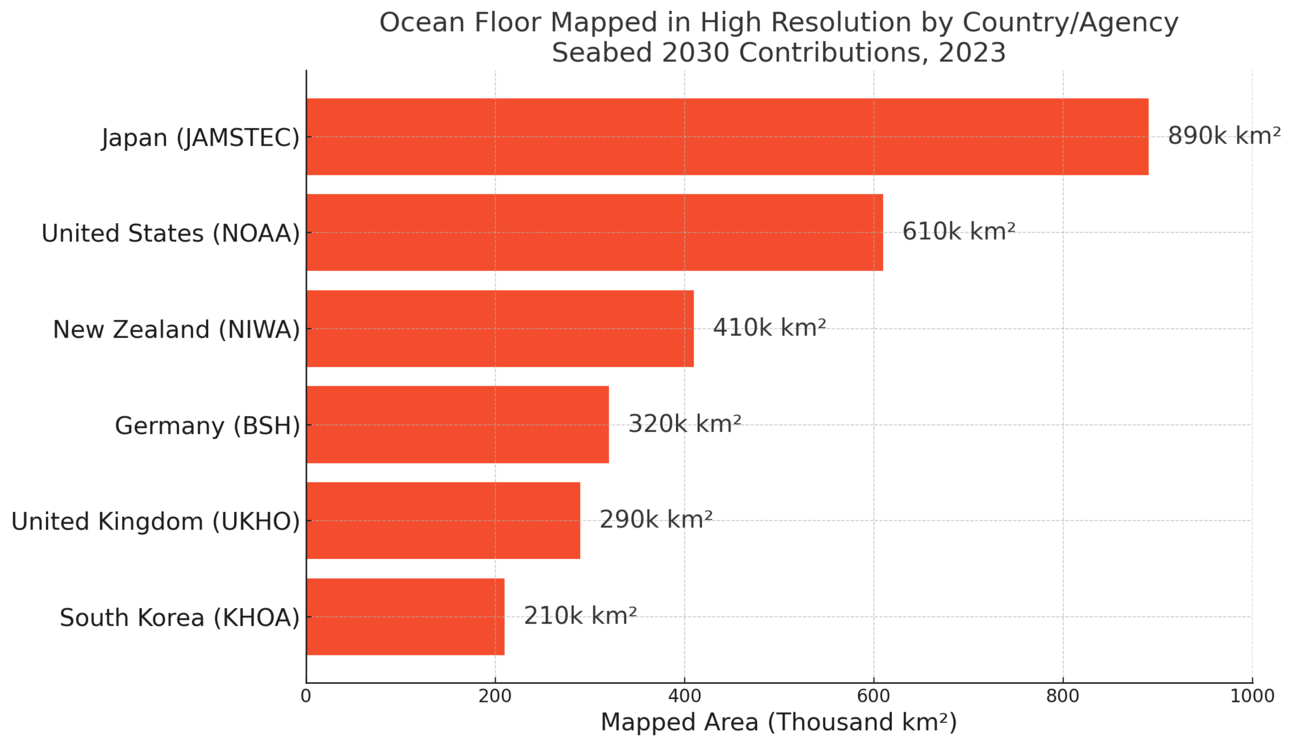
Beneath the waves, power is shifting. Countries are redrawing maritime claims, militarizing key passages, and eyeing ocean resources as levers of influence.
🇨🇳 China’s “nine-dash line” claims in the South China Sea overlap with rich fisheries and undersea oil—sparking tension with neighbors.
🇷🇺 Russia is reinforcing Arctic sea routes, hoping melting ice unlocks lucrative shipping lanes and hydrocarbons.
🇺🇸 The U.S. has increased freedom-of-navigation patrols to assert open sea access and support allies in contested waters.
Eye-opening trend: Over 90% of global trade travels by sea. Whoever controls the maritime chokepoints—controls the arteries of commerce.
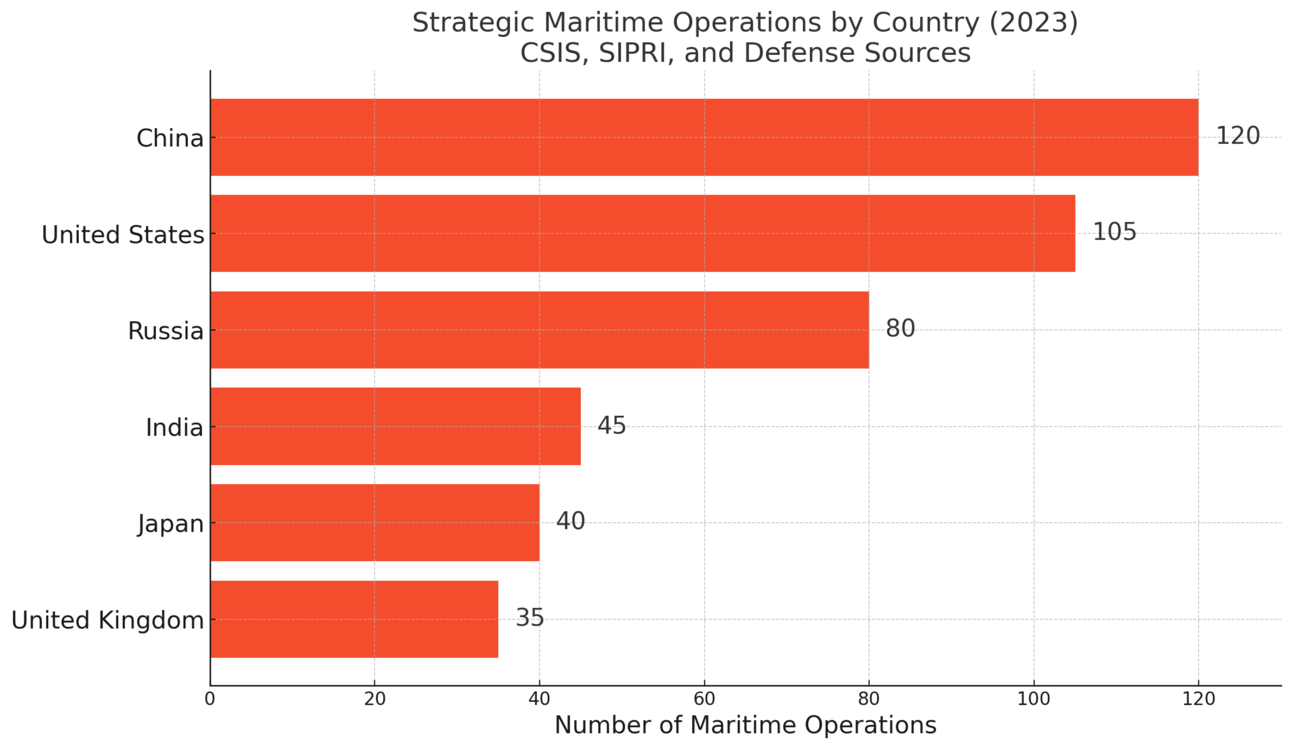
The ocean isn’t just water — it’s the next revolution. From EV metals in the deep to floating cities on the rise, the sea is becoming ground zero for innovation, power, and global influence.
The real question? Not what’s underwater — but who’s paying attention.
Look deeper. Think bigger. Stay ahead.
Warm regards,
Shane Fulmer
Founder, WorldPopulationReview.com
P.S. Want to sponsor this newsletter? Reach 121,000+ global-minded readers — click here!

